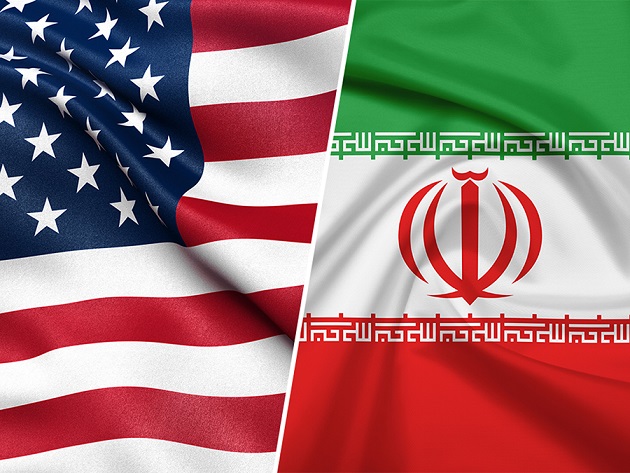An air base in Iraq’s Anbar province that hosts a US contingent has came under fire, the US military confirmed, after a day in which Donald Trump and the Iranian leadership exchanged threats of retaliatory attacks.
Initial reports said al-Asad base was hit by nine rockets.
It has previously been a target of an Iranian-backed Shia militia, Kata’ib Hezbollah, whose attacks on US and coalition troops triggered tit-for-tat strikes that culminated in the killing on Friday of top Iranian general Qassem Suleimani.
There were also unconfirmed reports of missile attacks elsewhere in Iraq.
Earlier in the day, the secretary of Iran’s national security council, Ali Shamkhani, said 13 “revenge scenarios” were being considered in the wake of the assassination of Qassem Suleimani, the head of Iran’s elite Quds force, and that even the most limited options would be a “historic nightmare” for the US.
Ali Shamkhani told the Tasnim news agency: “The 27 US bases that are closest to Iran’s border are already on high alert; they know that the response is likely to include medium-range & long-range missiles.”
Trump responded to Iranian threats in remarks to the press at the White House “We’re totally prepared. And likewise, we’re prepared to attack if we have to,” he said.
But he appeared to draw back from his earlier threats to target Iranian cultural sites, a potential war crime.
“If that’s what the law is, I like to obey the law,” he said, but he added: “They kill our people, they blow up our people and then we have to be very gentle with their cultural institutions. But I’m OK with it … I will say this, if Iran does anything that they shouldn’t be doing, they’re going to be suffering the consequences and very strongly.”
Trump said his long-term intention was withdraw the 5,200 US troops currently in Iraq, but not right away as the Iraqi government and parliament have demanded.
“I think we’ve done a fantastic job but eventually, we want to be able to let Iraq run its own affairs,” he said. “We want to get out. But this isn’t the right point.”
When the US did leave, the president insisted, Iraq would have to reimburse Washington for the infrastructure investments Washington has made over a nearly 17-year presence.
US allies have already begun leaving Baghdad, which was buzzing as night fell with helicopters flying in and out of the city’s fortified diplomatic district, known as the Green Zone. Canada, which currently leads the Nato training mission, said it was pulling out some of its 500 troops, and Germany said its presence in Iraq would be “temporarily thinned out”.
Most of the Nato troops withdrawing were reported to be heading for Kuwait.
“We have temporarily suspended our training on the ground, and we are taking all precautions necessary to protect our people,” a Nato spokesperson said. “This includes the temporary repositioning of some personnel to different locations both inside and outside of Iraq.”
The US-led coalition to counter Isis is also repositioning its forces to lessen their vulnerability to attack.
Observers said that the escalating military rhetoric in Tehran could leave Iranian leaders with little option but to attempt a major counter-attack, or else suffer an extraordinary loss of face.
The warnings have led US bases in Kuwait, Iraq, Jordan and Saudi Arabia to be placed on maximum alert status.
Members of the so-called Resistance axis, including pro-Iranian militias from Iraq, will meet in Tehran in the next 48 hours to discuss tactics, it was reported.
